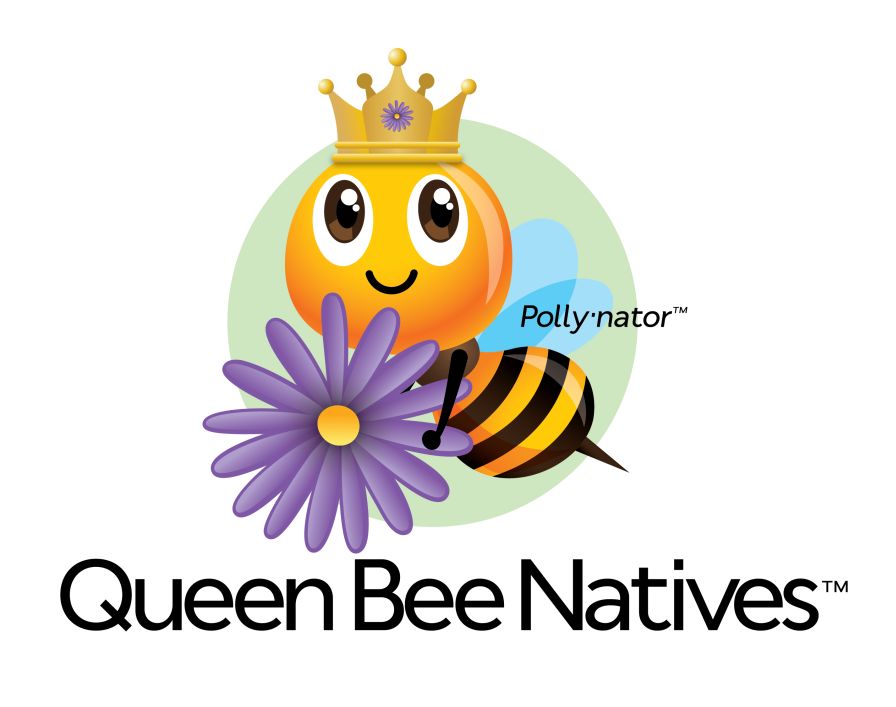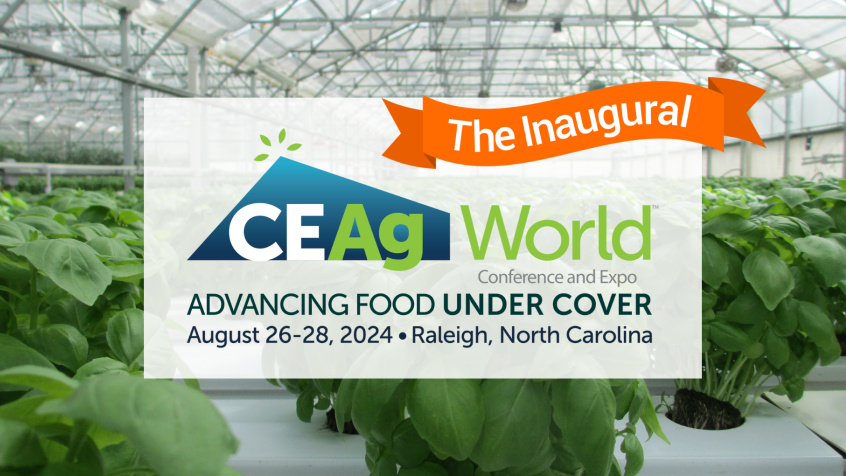Storytelling
This past July, the 15th American Horticultural Society (AHS) National Children and Youth Garden Symposium was held in Minnesota. The keynote speaker was Eric Jolly, president of the Science Museum of Minnesota.
The noted author indicated, "There is a need in our culture to celebrate diversity and reach those who don’t have the answers." Jolly encouraged the practice of storytelling. He said, "Stories are like seeds, planted by one generation to be harvested by another."
Also speaking at the conference was professional storyteller Sherry Norfolk. She said planting stories will improve a person’s imagination. Norfolk explained that there are many types of intelligence, for example, linguistic, mathematical, musical, kinesthetic, interpersonal, existential and naturalistic. She indicated that we all don’t think the same way. We use the skills we have based on the information we have obtained. By telling stories, we allow people to use their brains to decipher what information is of value to them and what is not.
The most difficult course I taught at Michigan State was the capstone course in horticultural marketing. It was a 30-lecture course, and I presented 12 case studies – 12 stories – about situations the students would face if they entered the field of horticulture or any other business. With a class of about 30 students divided into six teams of five students each, it took every weekend for me to read and give comments back to them by the next week.
This was probably the first time the students faced a situation where there was no right answer. They had to think through the case study and decide on a course of action. Case studies (stories) are the way our brains learn best, and they address all types of intelligence.
More Than Children’s Stories
Since I come from a Danish family, I have always thought that storytelling was part of family life. The greatest Danish storyteller was Hans Christian Andersen. He lived from 1805 until 1875. Most people say he was a writer of children’s fairy tales. However, his writings are much more profound than mere children’s stories. If you look deeper, you will see that they are accounts of strange happenings in the lives of ordinary people that settled into his memory. He then recalled them and they would serve as themes for his stories.
I want to share one of his fairy tales with you. It is entitled, "There Is A Difference." It appears in Hans Christian Andersen’s Fairy Tales, Vol. 3, which you can get at your local library or bookstore or perhaps on the Internet.
Andersen had great skill in giving life to plants. In this fairy tale, he writes of a beautiful apple blossom that looks at all the other plants and sees how poor they are. The apple blossom is so pleased that it is one of the most beautiful of all plants.
Then a princess stops and has the apple blossom cut to put in a vase in her castle. The apple blossom is so proud that it can now look from the castle over all the poor plants in the field.
While watching them, the apple blossom sees a group of children running through the field. One of the children rolls in the dandelions. The apple blossom thinks, "Those poor despised weeds! How unhappy they must feel, if that sort can feel the same as others can. Yes, there is a difference here, and a difference there must be, or we should all be equal."
Then the apple blossom sees the other children picking the dandelions and making garlands for their wrists and for their heads and leis for around their necks. An old lady walks through the field and picks the leaves to make her coffee and pulls the roots to take to the chemist to make the medicine she feels will help her.
In the last part of the fairy tale, the princess brings in a plant covered in leaves, opens them up and it is the dandelion. She puts it in the same vase with the apple blossom and says, "I must have a painting of these two plants." She adds that the seeds of the dandelion are beautiful and, when the wind blows, they scatter to the land, germinate and grow so everyone can enjoy.
Andersen’s last paragraph says, "The beautiful apple blossom and this humble dandelion have also in another way received just as much from heaven. So different are they and yet both children in the realm of beauty. And the sunbeam kissed the humble flower; it kissed, too the blossoming apple bough."
I believe this is much more than a fairy tale. It shows that, although they are different, each plant has characteristics that can make it of great value to people.
We have never had a more opportune time to exploit the products that we can grow.
Luther Burbank, horticulturist, said, "Flowers always make people better, happier and more helpful. They are sunshine, food and medicine to the soul."
People who can grow plants and flowers have one of the greatest skills on this earth.
The Most Important Person
I have one last story for this Christmas time. An anthropologist was doing research on a greenhouse business, and he asked to meet the most important person in the business. He was escorted through the offices, through all the other areas of the business and into the greenhouse. There they found someone talking to a few young people and telling them what needed to be done that day.
The anthropologist asked, "Is this the boss of the business?"
"No," came the reply. "This person is the grower."
"But I asked to meet the boss," the anthropologist said.
"No," replied the owner. "You asked to meet the most important person in the business."
Know, sow, grow and enjoy! Merry Christmas!









